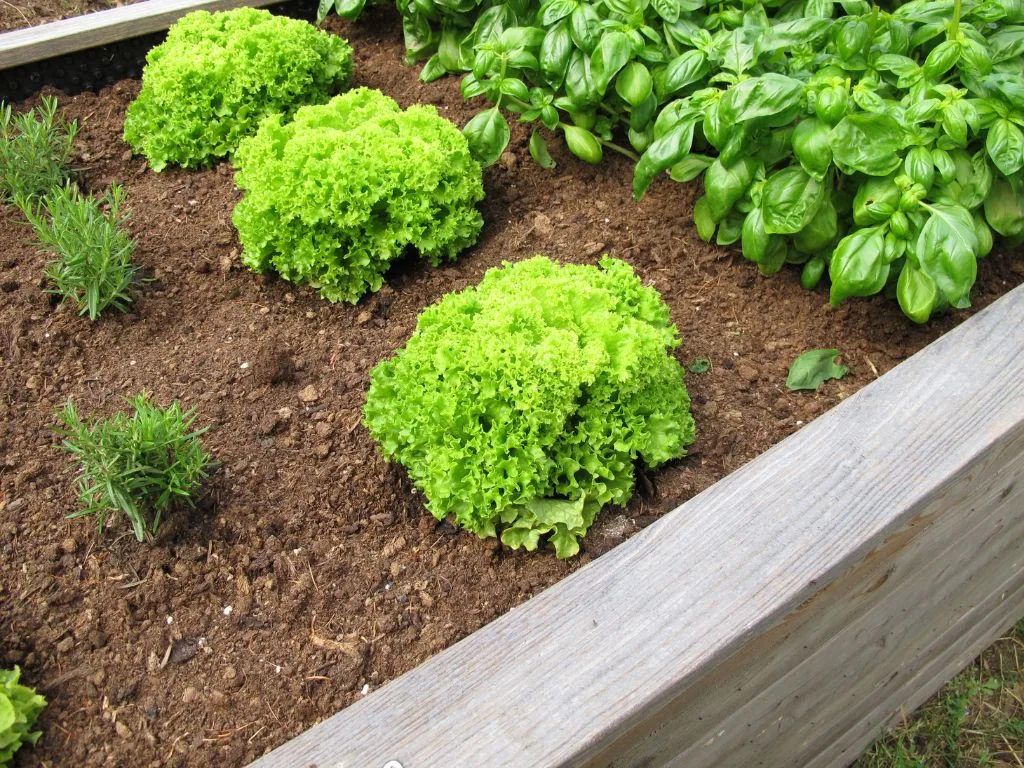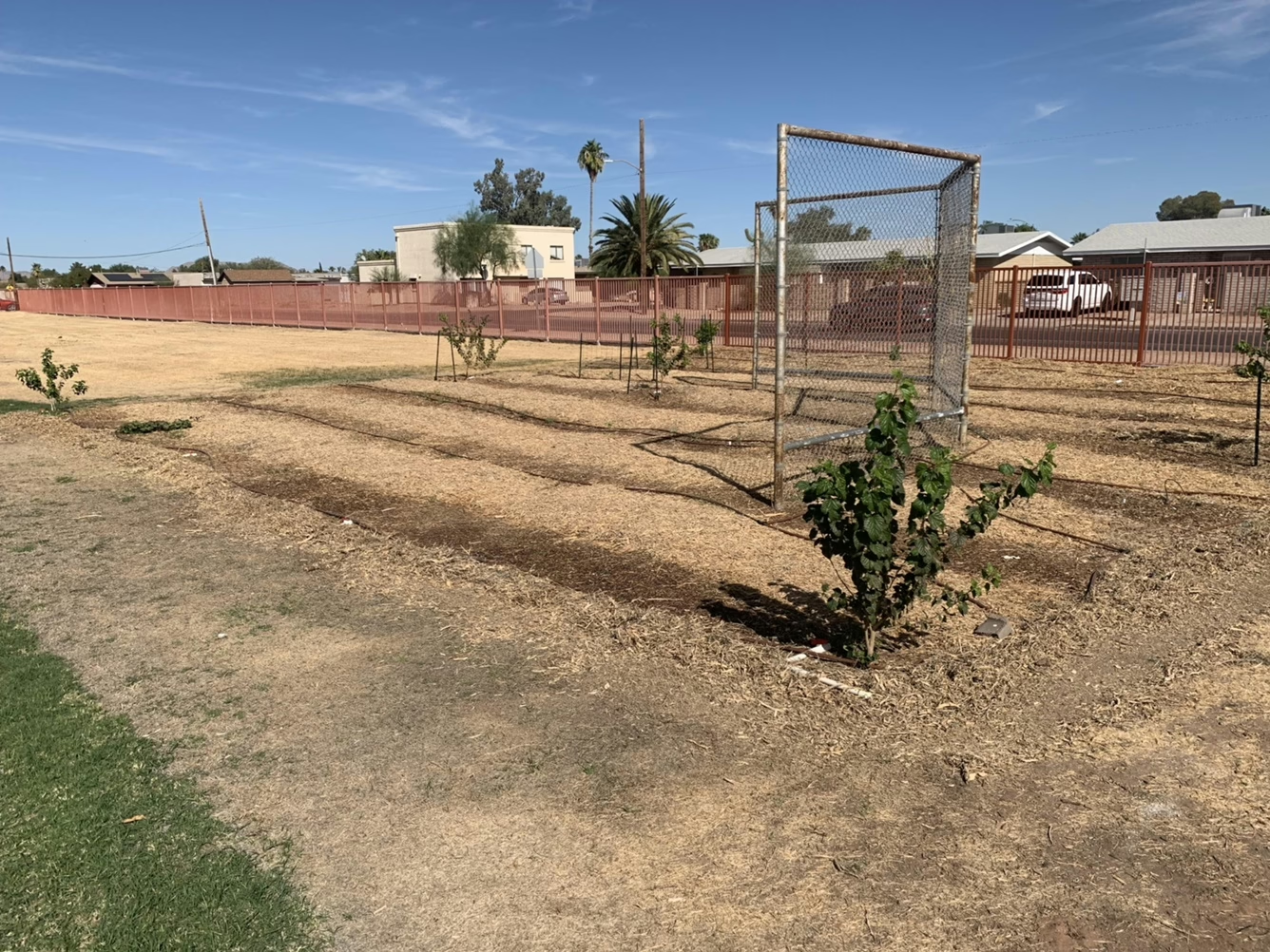Introduction
Raised bed gardens have gained popularity among gardeners of all levels of experience. These elevated garden beds offer numerous benefits and are a great solution for those with limited space or poor soil quality. They are very versatile and work well for home gardens as well as school gardens and community gardens. In this comprehensive guide, we will explore what raised bed gardens are, their benefits, and provide step-by-step instructions on how to build and get the most out of them. But before we dive into the details, let’s take a closer look at why raised bed gardens have become so popular.
The Benefits of Raised Bed Gardens
Raised bed gardens offer a range of benefits for gardeners:
- Improved Soil Quality: By creating a raised bed, you have control over the soil composition. This allows you to create the perfect growing environment for your plants, ensuring they receive the necessary nutrients and drainage. You can add organic matter, such as compost or manure, to enrich the soil and improve its structure. This is particularly beneficial for gardeners who have poor quality soil in their yard or live in urban areas with contaminated soil.
- Enhanced Drainage: Raised beds provide excellent drainage, preventing waterlogging and allowing excess water to flow away from the plant roots. This is particularly advantageous for plants that are sensitive to overwatering, such as herbs or succulents. Additionally, the improved drainage can help prevent the spread of soil-borne diseases that thrive in moist conditions.
- Reduced Weed Growth: The elevated nature of raised beds makes it more difficult for weeds to establish and spread. The sides of the bed act as a barrier, preventing weed seeds from blowing in or being carried by animals. Additionally, by using a weed barrier or mulch, you can further suppress weed growth and minimize the need for manual weeding. This reduces the amount of time and effort required for weed control, allowing you to focus on more enjoyable aspects of gardening.
- Extended Growing Season: The soil in raised beds tends to warm up more quickly in the spring, allowing for earlier planting. The elevated nature of the beds exposes them to more sunlight, which helps retain heat and provides a favorable microclimate for plants. Additionally, the sides of the beds act as a windbreak, protecting delicate plants from chilly winds and extending the growing season. This is especially beneficial for gardeners in cooler climates or those who want to grow heat-loving crops.
- Accessibility: Raised beds are easier to reach and maintain, making them ideal for individuals with physical limitations or those who prefer not to bend down or kneel while gardening. The raised height reduces strain on the back and knees, allowing for comfortable gardening. This accessibility also makes it easier to inspect and tend to plants, harvest crops, and perform necessary maintenance tasks, such as pruning or fertilizing.
- Improved Pest Control: Raised beds can be covered with netting or other protective materials, preventing pests from damaging your plants. This physical barrier can deter common garden pests, such as rabbits, squirrels, or birds, from accessing your crops. Additionally, you can implement companion planting or use natural pest control methods, such as introducing beneficial insects or using organic pest repellents, to further protect your plants. By reducing pest pressure, you can minimize the need for chemical pesticides and create a healthier, more sustainable garden ecosystem.

How to Build a Raised Bed Garden
Building a raised bed garden is a relatively simple process. Follow these steps to create your own:
1. Choose a Location
Select a location for your raised bed garden that receives adequate sunlight and is easily accessible for watering and maintenance. Ensure that the area is level and free from any obstructions.
2. Determine the Size and Shape
Decide on the dimensions and shape of your raised bed. Consider factors such as the available space, your gardening needs, and any aesthetic preferences. Popular shapes include rectangular, square, and circular.
3. Gather Materials
Collect the necessary materials for constructing your raised bed. This typically includes lumber, screws or nails, a saw, and a drill. Alternatively, you can use stone, bricks, or other materials depending on your preference and budget.
4. Build the Frame
Using your chosen materials, construct the frame of the raised bed. Cut the lumber to the desired lengths and attach the pieces together using screws or nails. Ensure that the corners are square and the frame is sturdy.
5. Prepare the Area
Clear the area where the raised bed will be placed. Remove any grass, weeds, or debris. If desired, lay down a weed barrier to further prevent weed growth.
6. Place the Frame
Position the frame in the desired location, ensuring it is level and stable. If necessary, use a level or shims to adjust the frame. Secure the frame in place by driving stakes into the ground or attaching it to a solid structure.
7. Fill the Bed
Fill the raised bed with a mixture of soil, compost, and other organic matter. This will provide the necessary nutrients for plant growth. Mix the materials thoroughly, ensuring an even distribution.
8. Start Gardening
Your raised bed garden is now ready for planting! Choose your desired plants, following the recommended spacing and planting instructions for each variety. Water regularly and provide any necessary support or protection as the plants grow.
Once you have built your raised bed garden, it’s important to maintain it properly to ensure the health and productivity of your plants. Regular maintenance tasks include watering, weeding, and fertilizing. Water your plants regularly, especially during dry periods, to keep the soil moist. Weeds can compete with your plants for nutrients and water, so it’s important to keep the area around your raised bed garden free from weeds. Pull out any weeds that may sprout and use mulch to suppress weed growth. Fertilize your plants with organic matter, such as compost or well-rotted manure, to provide them with the necessary nutrients. Additionally, monitor your plants for any signs of pests or diseases and take appropriate action to prevent or treat them.
Another important aspect of maintaining a raised bed garden is crop rotation. This involves changing the location of your plants each year to prevent the buildup of pests and diseases in the soil. By rotating your crops, you can maintain the health of your plants and improve overall garden productivity. Keep a record of what you plant each year and plan your crop rotation accordingly.
Finally, don’t forget to enjoy the fruits of your labor! Harvest your crops when they are ripe and ready to be eaten. This will ensure that you get the best flavor and nutritional value from your homegrown produce. Share your harvest with family and friends or preserve it for later use through canning, freezing, or drying. Growing your own food in a raised bed garden can be a rewarding and fulfilling experience, providing you with fresh, healthy produce and a deeper connection to nature.
7. Implement a Composting System
One of the key ways to maintain a healthy and productive raised bed garden is by implementing a composting system. Compost is a nutrient-rich organic matter that can be added to the soil to improve its fertility and structure. Set up a compost bin or pile near your garden and regularly add kitchen scraps, yard waste, and other organic materials. Turn the compost regularly to speed up the decomposition process and produce nutrient-rich compost for your raised bed garden.
8. Use Organic Pest Control Methods
To protect your plants from pests without the use of harmful chemicals, employ organic pest control methods. This can include techniques such as handpicking pests, using insecticidal soaps or oils, and attracting beneficial insects to your garden. Additionally, practicing companion planting with plants that repel pests can help deter them from your raised bed garden.
9. Provide Adequate Support for Heavy Crops
Some plants, such as melons or squash, can produce heavy fruits that may need extra support to prevent them from breaking the stems or falling to the ground. Use trellises, cages, or other support structures to keep these crops off the ground and ensure their proper growth and development.
10. Regularly Amend the Soil
Over time, the soil in your raised bed garden may become depleted of nutrients. To maintain the fertility of the soil, regularly amend it with organic matter such as compost, well-rotted manure, or worm castings. This will replenish the nutrients and improve the overall health of your plants.
11. Harvest and Preserve Your Produce
As your plants start to produce fruits or vegetables, make sure to harvest them at their peak ripeness. This will ensure the best flavor and quality. Additionally, consider preserving any excess produce through methods such as canning, freezing, or dehydrating. This way, you can enjoy the fruits of your raised bed garden even during the off-season.

Conclusion
In conclusion, raised bed gardens represent a versatile and highly beneficial approach to gardening that suits a wide range of environments and gardening styles. From improving soil quality and enhancing drainage to extending the growing season and making gardening accessible to everyone, the advantages are numerous and impactful. By following the steps outlined in this guide to build and maintain your raised bed garden, you can enjoy a productive and rewarding gardening experience.
Resources
OSU Extension Service on Raised Bed Gardening: This comprehensive resource from the Oregon State University Extension Service covers the benefits of raised bed gardening, including solutions for poor soil conditions and methods for avoiding soil contamination. It provides detailed guidance on both framed and unframed raised beds, including soil preparation and maintenance tips. This guide is especially useful for individuals seeking research-based gardening practices (OSU Extension Service).





